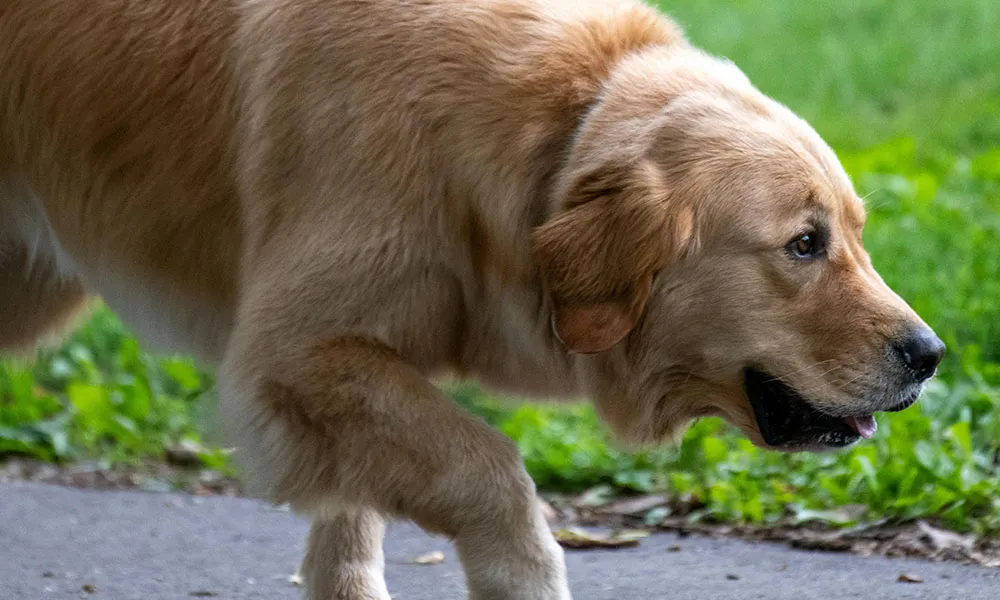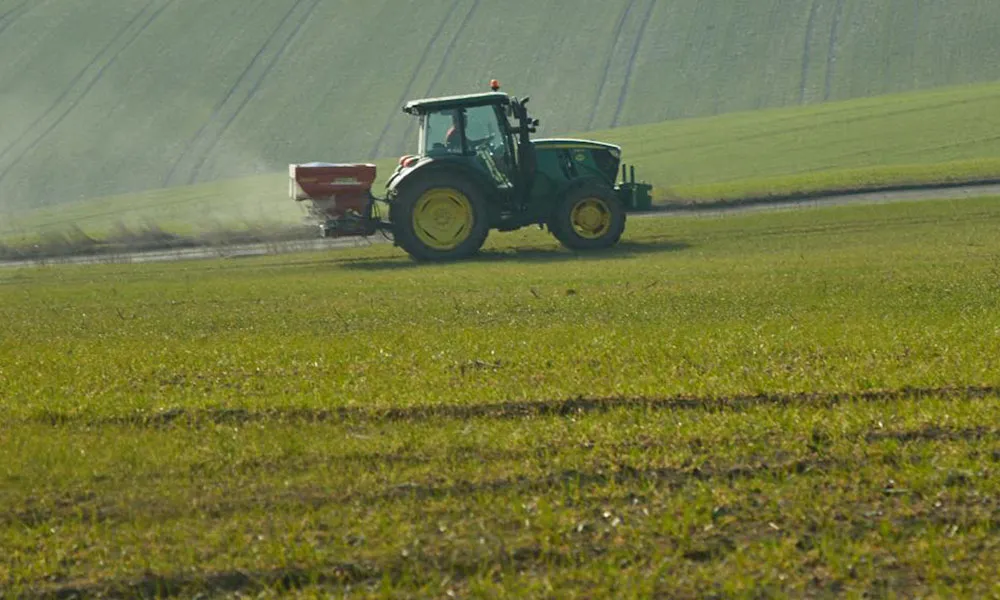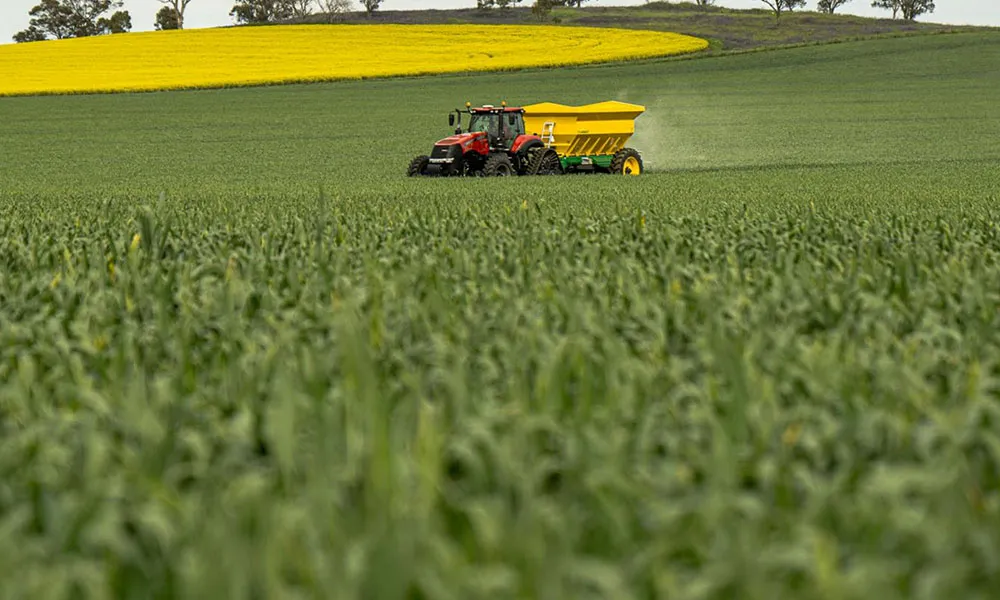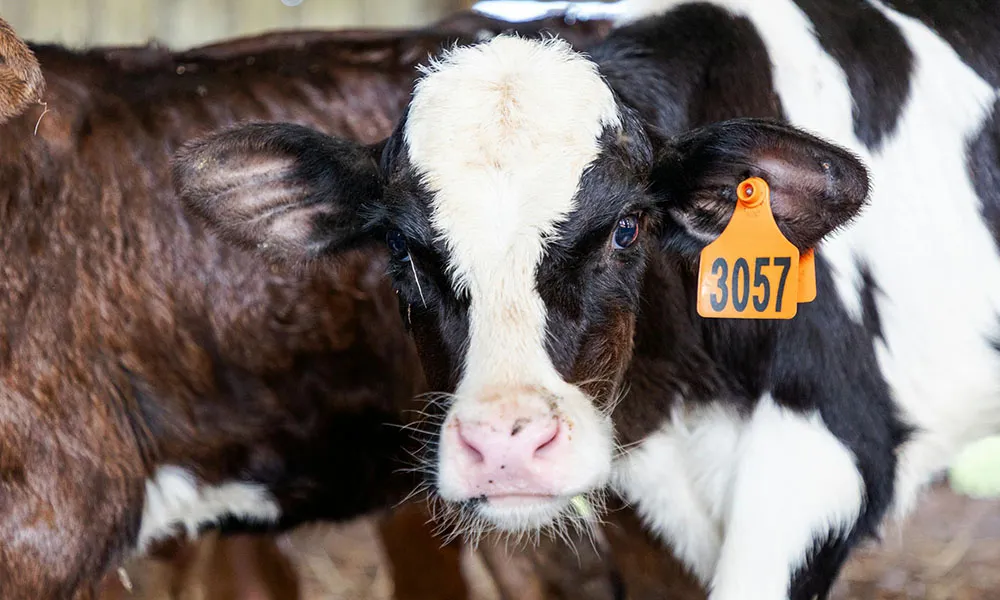
A lot of farmers have been troubled by Coccidiosis, be it with lambs or Calves. Most simply ask a vet or a fellow farmer for advice on how to treat it. They never actually understand what it is they’re dealing with. So I decided to have a better look at what coccidiosis is and how we can avoid it on our farms.
What is Coccidiosis?
Coccidiosis is caused by single-celled parasites called Eimeria also known as coccidia. It is not caused by bacteria as is commonly believed. There are over twenty species of these parasites in cattle and sheep, not all of which cause disease. Only three species in cattle and two in sheep are known to cause sickness.
The species that cause disease are primarily found in the large intestine. The diarrhoea results from damage to the cells lining it. Animals will develop immunity to coccidiosis, meaning that though many adult animals may have some in their system, they will show no ill effect. Young animals will initially acquire a degree of immunity from antibodies absorbed from their mother’s colostrum.
However, this initial protection wanes, leaving calves and lambs susceptible to infection before they have a chance to build up their own immunity. This immunity wanes in lambs between four and eight weeks of age, while in calves it wanes between three weeks and six months. This can at times be younger in dairy and orphan calves who haven’t received adequate colostrum at birth.
Risk Factors
Infection occurs when animals lick or ingest infected objects, feed or water contaminated with the Oocysts (the egg stage of the parasite) Poor hygiene, high stocking density, poor health, and poor nutrition will all contribute to an animal picking up the parasites and subsequent disease.
Stress can also be a trigger for an outbreak, even in older animals. Calves become infected when placed in environments contaminated by older cattle or other infected calves. This can happen either indoors on bedding, or outdoors around drinking or feeding troughs.
In order for the coccidial oocysts (the egg) to become infective, they require warmth and moisture; so mild wet springs increase the risk of infection. Keeping calves in large groups with big age gaps can be a problem on dairy and dairy to beef enterprises. As can failing to clean calf sheds frequently. Also, farmers should implement a leader follower system where the calves graze a paddock before older animals are let in. This reduces the risk of infection even if it leaves less grass for your milking animals.
Moving calves from paddocks regularly, not allowing them to graze to low is also a good idea. Good management of coccidiosis means helping animals to avoid disease and production losses while ensuring young stock get enough exposure to the parasite to develop immunity. Limiting the build up of oocysts in the environment will help reduce infection pressure on younger animals coming after. Avoiding overstocking the animals is the first step towards this.
Symptoms of Coccidiosis
Symptoms are not always specific to coccidiosis and faecal samples are required to be 100% sure, however they are useful to be aware of.
- Diarrhoea (often very watery)
- Depression
- Loss of appetite
- Weight loss
- Dysentery (passing blood stained faeces)
- Straining
Death is rare. Infections that fail to produce diarrhoea can, nevertheless, result in reduced growth and weight gain. This sub-clinical infection is very common.
Treatment options
In ideal conditions hygiene and management practices can control the level of eggs in the environment. However on most farms strategic use of anti-coccidial treatment is required to avoid loss of performance or disease.
With most immune adults excreting only very few eggs into the environment, it is infections in lambs and calves that result in very high levels of parasite output. This leads to higher challenges and clinical disease in subsequent groups of lambs and calves. Treatment is therefore targeted at young stock, to allow exposure but remove the parasite before there is any impact on productivity and before any environmental contamination takes place.
Treatment options for young stock include
antibiotic injection (sulphonamides),
feed adatives (decoquinate) or
oral drenches (triazinone derivatives; diclazuril and toltrazuril).
Animals with clinical symptoms may also need supportive treatments such as scour powders and Electrolytes. Oral drenches are generally the most convenient way of ensuring that each animal receives the correct dose at the correct time. They allow enough exposure to stimulate immunity before removing the parasite. Also as they are not an antibiotic, it is preferable in the current climate where the overuse of antibiotics is having such detrimental effects on their usefulness.
Options
The three options we have available on our site, Vecoxan, Bovicox and Chanox, are all drenches. Bovicox and Chanox are both toltrazuril drenches. They are both very effective at preventing coccidiosis in a single dose.
However it is worth noting that Toltrazuril sulfone has been shown to be very persistent and mobile in soil and toxic to plants.
Therefore they come with a warning.
Manure from treated calves must not be spread on land without first being mixed/ diluted with manure from untreated animals. The dilution rate must be three to one in favour of untreated manure. This is to prevent adverse effects on plants and possible contamination of groundwater.
For lambs treated indoors they must not be treated over the age of six weeks or over 20kg bodyweight. The manure from these animals can only be spread on the same piece of ground in three year intervals.
Vecoxan in comparison is a Diclazuril drench and has no environmental impact.
In addition to its zero meat withdrawal, this lack of having to consider the environmental impact is why many farmers opt for Vecoxan.
Vecoxan, Bovicox and Chanox work by removing the parasites present in the gut and reducing the environmental contamination by limiting oocyst excretion. They licensed for use in lambs and beef and dairy calves. Vecoxan alone can be used on any age or weight of animal and there is no meat withdrawal. With a single oral dose all of them allow your animals to develop their own natural immunity. Which one is best for you is up to you and your farm.
Conclusion
In the long run, if you have a lot of trouble with Coccidiosis you will also need to look at your hygiene and management practices, in addition to choosing a suitable drench. Hopefully this has helped to simplify your understanding of what you’re dealing with when you have to face down coccidiosis this year.
RGA










